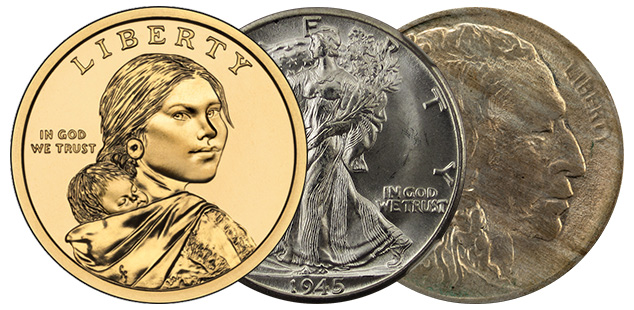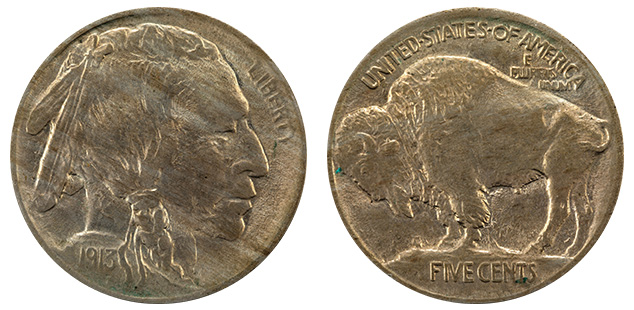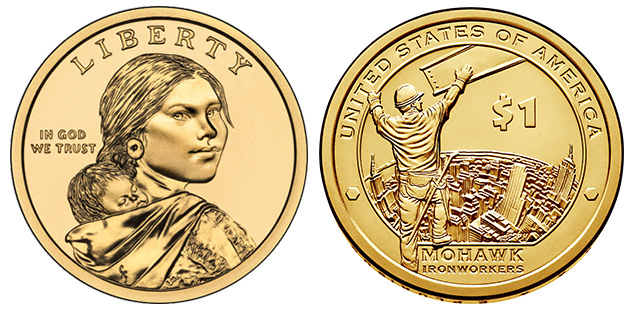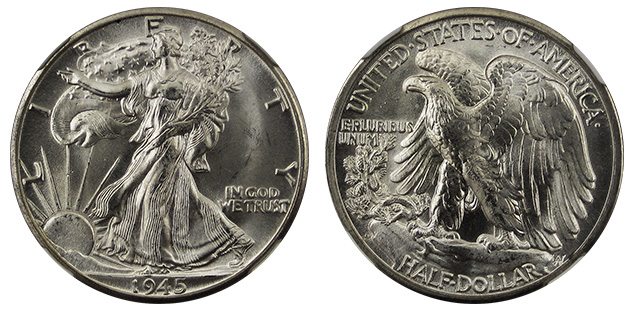
We all know that Lincoln is on the penny and Washington the quarter, but who were some of the men and women used for famous pieces of currency throughout US history?
It’s easy to imagine how designers and engravers would have recreated the images of presidents on coins and paper bills throughout the history of the U.S. Mint, given the number of pictures and snapshots left behind by the great men of American history. When it comes to coins that don’t feature a president, however, coin engravers need to find inspiration for their designs. What is the story behind the faces on coins throughout American history? Here are three notable coins and the stories of their models.
1. Buffalo Nickel

One of the hallmarks of coin collectors due to its ubiquity and availability, the Buffalo nickel has entered public memory as a debased currency due to its composition as three-quarters copper and only one-quarter nickel. Indeed, when the Buffalo nickel fell out of favor and was replaced by the modern-day Jefferson nickel, few people raised any eyebrows. One of the great legacies of the nickel, however, is the Indian head on the front. There’s no consensus on who this Indian actually is, but there is no shortage of people claiming that they were the inspiration for the coin cast. Native Americans like Two Guns White Calf or John Big Tree have suggested that their likeness provided the model for Buffalo nickels, however, it’s likely that the image on the front of the coin is a composite of several Native Americans. The buffalo on the reverse of the coin, furthermore, is commonly thought to be a Bronx zoo tenant known as Black Diamond, yet there are also questions about whether or not a separate bison (named Bronx) was the model for the coin.
2. Sacagawea Dollar

The dollar coin has rarely proven popular amongst average Americans, yet this hasn’t stopped the U.S. Mint from introducing dollar coins at every opportunity in an attempt to cut down on the expenses of printing Washington’s $1 bill. In 2000, the mint announced they would mint a gold dollar coin bearing the likeness of Sacagawea, the famous Shoshone native who helped guide the Lewis and Clark expedition through the Rocky Mountains and onward to the Pacific Ocean. To create the coin, artist Glenan Goodacre needed a visual of Sacagawea, but no paintings of the bold woman have survived. Goodacre called upon Shoshone native Randy’L Teton, a student at the University of New Mexico, and then created clay sculptures of Teton’s head and facial features to be used for the metal dies. While Teton served as the model, she also emphasized that certain points of the coin’s face like cheeks and forehead were hers and that other parts more resembled Sacagawea herself.
3. Walking Liberty

Often referred to as one of the most beautiful pieces of currency ever minted by the U.S. government, the Walking Liberty half dollar has made collectors want to buy silver coins to appreciate the detail and flow of the image of Lady Liberty upon the front. There are a lot of similarities between the Walking Liberty half-dollar and the French Sower silver coins, but it’s thought that the image of Liberty herself was drawn from one of the tenants of artist Adolph Weinman, a woman named Elsie Kachel. Weinman had previously created a metal bust of Kachel 1 when she was 27 years old and in the prime of her beauty, a bust that would provide the genesis of Liberty’s own imagery. The forceful bald eagle on the coin’s reverse, which stares confidently out from its mountaintop perch, has left no suggestion about its own model, though it could have been a legacy of Weinman’s travels across the nation when he left from New York to attend the Panama-Pacific International Exposition in San Francisco.
Additional Sources

